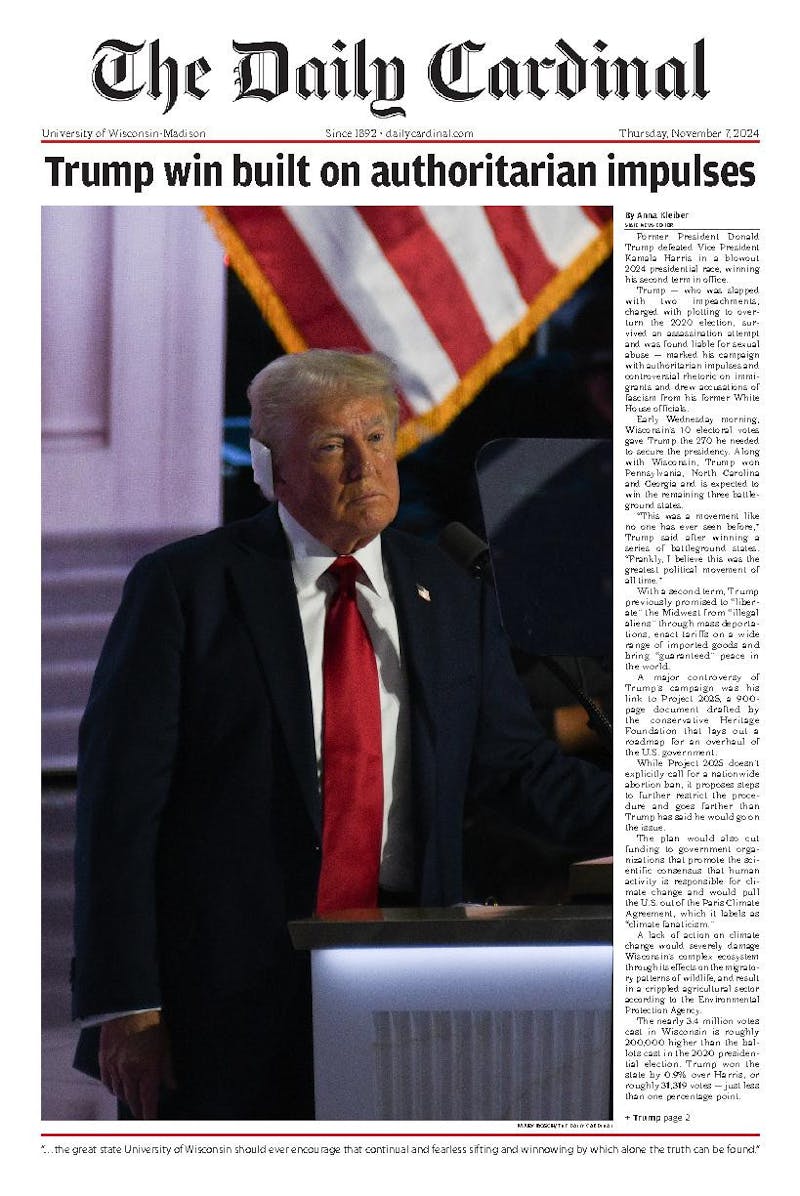As the end of the semester is approaching and finals are looming in the not-too-distant future, I can't help but feel a little nervous. Last semester after finals were over and I was eagerly checking my grades, I was horrified to discover I had received a D in one of my classes. Having had an AB in the class going into the final I was in total shock.
After contacting numerous people within the university system to try and find out what happened-not an easy feat when everyone is on vacation for the summer-I finally discovered that my Scantron sheet had never been scored. Luckily, it had just been misplaced inside my exam, and once it was found my grade was corrected.
Although most of you have not had this experience, and hopefully never will, it is crucial that in such a large university steps are taken to prevent this from happening to anyone else. Students don't always check their grades right away and may not catch the error until much later or they may be graduating seniors whose graduation and future employment depends on success in their classes.
It is important that a university-wide testing procedure is implemented to make the testing procedures on campus uniform. By doing this, clerical errors and student misconduct will be greatly reduced on campus, leading to grades that are more representative of a student's actual performance.
The first step in creating such a procedure would involve requiring professors to create a check-in sheet for their exams. In the event a student's exam could not be found, the professor would be able to tell if the student attended the exam and not be forced to rely on the students word alone. This list could also be checked before grades were submitted to make sure everyone who attended the exam received a grade on it guarantee all the exams were accounted for.
Another essential step would be to require all students to provide a valid photo ID as they checked in. In some larger lecture halls this procedure is currently in place, however in most smaller classes it is not. Although the classes are smaller, the instructor usually does not know everyone, making it easier for cheating to occur.
Furthermore, to make the testing process more equitable, students who show up late for exams should not be admitted. In some classes where students know that the exam will not take them the entire time, they use the beginning time to cram and then show up later. Everyone should be forced to cease studying and take the exam at the same time in order to give everyone an equal chance of succeeding.
Another important reform involves everyone in the same course taking the exam at the same time. Some classes choose to stagger the exam times, and students who take the later exam have the opportunity to find out what questions were on the test and potentially score higher. Although curving will eliminate this, some classes operate on a predetermined curve and thus students who take the test earlier will be unfairly disadvantaged as well as students in the curved later sections who choose not to cheat.
With all of these different opportunities for students to illegitimately improve their scores and all of the room for error in the testing process, it is vital UW-Madison creates a uniform testing procedure. By taking these steps, students' grades will be more reflective of their actual achievement and less of their ability to take advantage of the system and unintended clerical errors. As a top-ranked school, it is vital we remove the antiquated procedures that are currently in place and create a system that will be consistent with our university's academic prestige.





